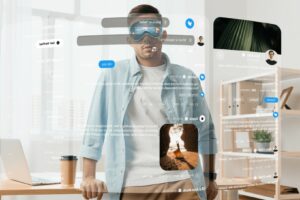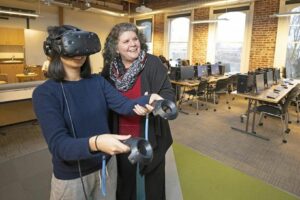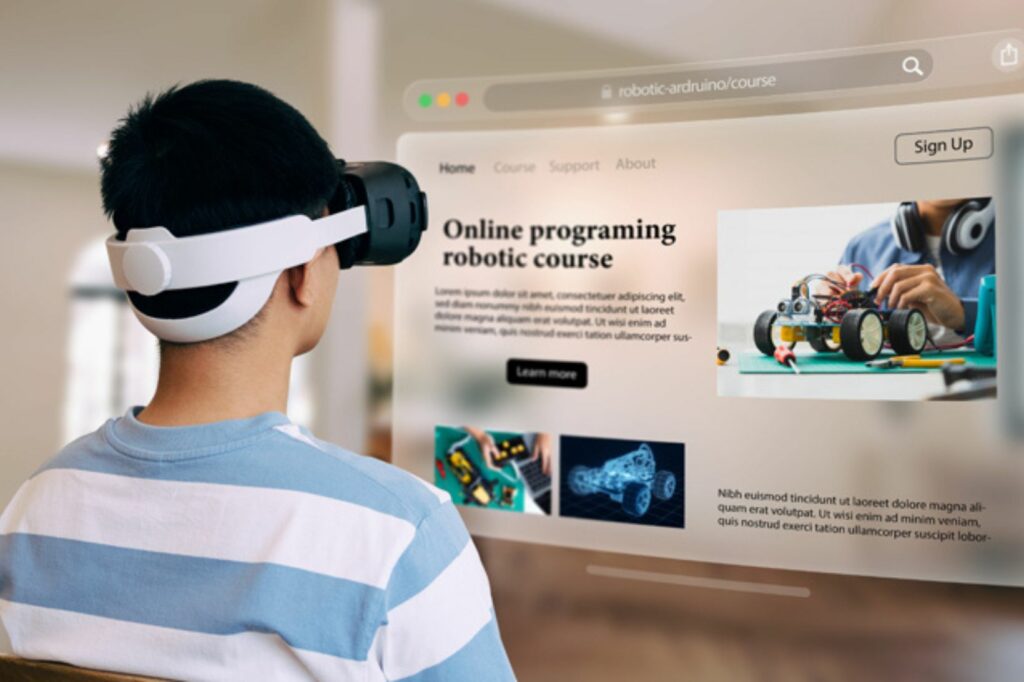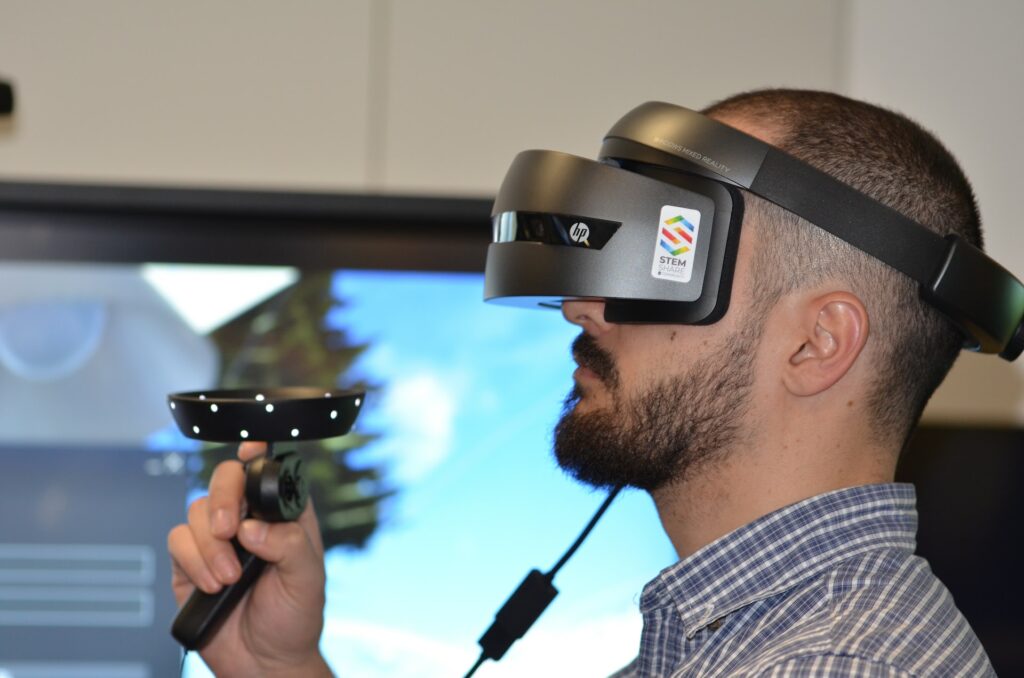Dive into the world of immersive programs and discover how they’re revolutionizing learning experiences. From virtual reality to immersive theater, these programs offer a unique opportunity to engage with content in a deeply personal way. They’re not just transforming how we learn, but also how we interact with the world around us.
As technology advances, immersive programs are becoming more accessible and versatile. They’re breaking down barriers in education and entertainment, offering immersive experiences that are both engaging and enlightening.
Immersive Program
Immersive programs, progressing in tandem with technology, break conventional learning and entertainment boundaries. Here’s a closer look at what they entail and their profound impact.
The Power of Immersive Learning

Immersive learning, a cornerstone of these programs, magnetizes learners’ attention by offering virtual or simulated realities. For instance, virtual reality (VR) equipment in classrooms allows students to explore the human anatomy or historical sites, amplifying their understanding. Similarly, immersive theater, by placing the audience at the heart of a narrative, stirs emotions and promotes empathy, exemplifying the power of immersive learning.
Emphasizing experiential learning, these programs allow recipients to directly engage with content, fostering deep comprehension. In corporate training, VR-based immersion programs simulate real-world scenarios, offering risk-free practice, which enhances employees’ learning experience and skill fortification.
Technology’s Role in Immersive Programs
Technology plays a pivotal role in establishing and improving immersive experiences. Notably, technologies like augmented reality (AR) and VR create engaging, interactive platforms, manifesting immersive learning.
Take a VR headset, for instance, with its spatial sound, rich visuals, and motion tracking capacitates immersion in diverse environments from the comfort of one’s home. In another example, AR apps on smartphones project visual aids onto physical spaces, offering enhanced learning experiences, showing how integral technology is to immersive programs.
The accessibility and diversity of these technologies break down geographical and financial barriers, making immersive learning accessible to many. Consequently, technology equips immersive programs with the tools to transform education and entertainment landscapes.
Evaluating the Benefits of an Immersive Program

Immersive programs underscore the tremendous potential that unique, engagement-driven experiences offer. They brilliantly redefine how interactions, education, and entertainment can intertwine, driving deeper comprehension and skill development. Diving deeper, let’s explore the specific benefits of immersive programs.
Real-world Experiences and Deep Learning
Immersive programs uniquely facilitate real-world experiences that extend beyond customary learning structures. They create vibrant, interactive simulations harnessing technologies like VR and AR. Contributors to deep learning, such programs inhabit real-world scenarios, capturing the learner’s attention and heightening their understanding. For instance, in case of medical education, immersive programs can simulate surgeries, enabling students to practice their skills in a risk-free environment. Thus, immersive programs offer a window to real-world experiences, contributing robustly to the learner’s deep comprehension and razor-sharp skills.
Boosting Engagement Levels

Distilling the art of engagement, immersive programs powerfully resonate with learners. They tailor distinctive, intriguing experiences that go beyond static texts or visuals. Offering an engagement-driven approach, immersive programs make learning an active process. For example, a virtual museum tour could captivate art enthusiasts by virtually transporting them to the Louvre rather than merely browsing images of artwork. Consequently, these programs’ highly interactive nature brings about an impressive boost in engagement levels, enhancing both learning and enrichment.
An Optimistic Picture
Immersive programs are indeed revolutionizing learning and industry practices with their engaging, interactive experiences. They’re not just transforming careers in graphic design and cybersecurity, but also paving the way for future advancements. However, it’s essential to remember that these programs come with their own set of challenges, such as high costs and health concerns. But with innovative solutions like cost-effective alternatives and health-awareness programs, these hurdles can be overcome. The future of immersive programs looks bright, with emerging trends like haptic technology, microlearning, and augmented reality applications promising to take the experience to new heights. With a balanced approach, immersive programs have the potential to significantly enhance our learning and working environments in the coming era.



